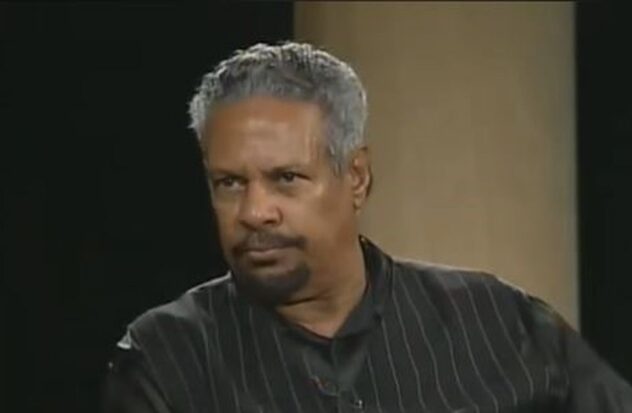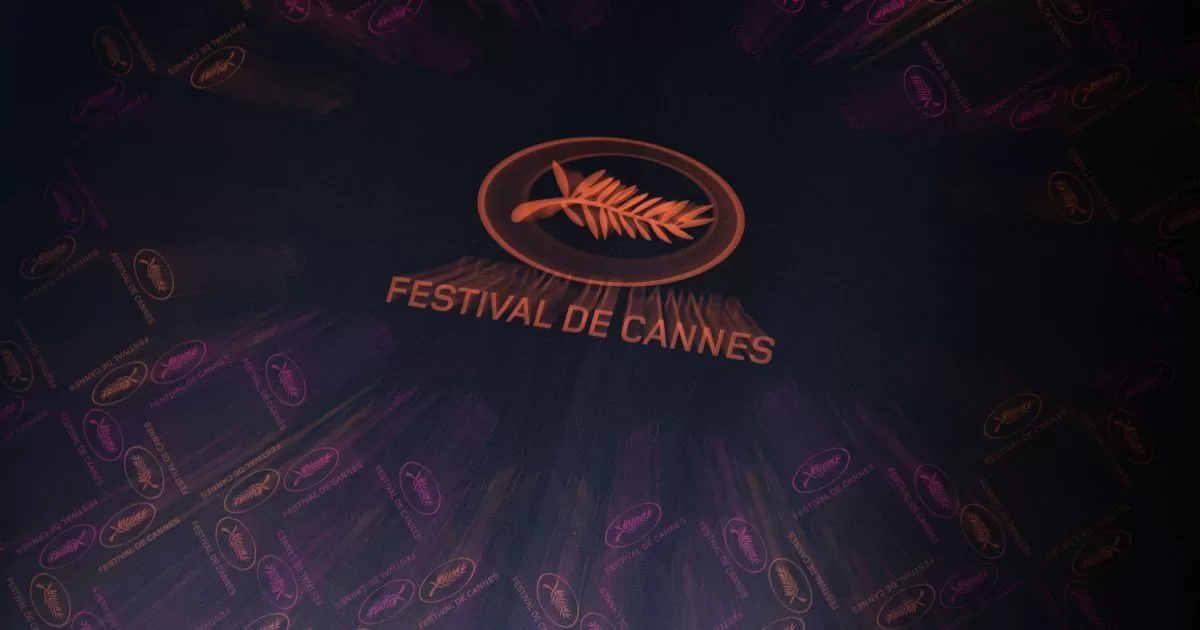MIAMI.- The Cuban Film Series of the Miami Dinner Festival pay tribute to film-maker Sergio Giral with the screening of the film Mara Antoinette (1990), the last piece he recorded in Cuba before going into exile.
The film by Giral, who died in Miami on March 12 at the age of 87, is based on the play of the same name by Eugenio Hernández Espinosa.
Screenwriter Armando Dorrego, a close friend of Giral, actor and playwright Alexis Valds, co-star of the feature film, and actress Micheline Calvert, will attend the tribute on June 21 at 7 pm, at the Koubek Center at Miami Dade College.
The work of Giral
Maria Antonia tells the story of a young woman who, in the shoes of the late actress Alina Rodríguez, challenges her religious beliefs and lets herself be carried away by the unbridled passion of love and rebellion.
The film premiered at the Miami Film Festival when Giral returned to the United States in 1991. It was critically acclaimed and nominated for the Goya Award.
In addition to this great achievement in his cinematographic career, Giral boasted a valuable work in anthropological and aesthetic terms, which accentuates the presence of African culture in Cuba with films such as The other Francisco (1974), Rancheador (1976), Lonely (1979) y Placido (1986).
the movie Glass roof (1980), about a case of corruption in the secrets of Castroism, was censored by the regime for eight years.
Born on January 2, 1937 in Havana, Sergio Giral attended primary and secondary school in the United States, where he also studied painting at the Art Students League. But in 1959 he returned to the island, where he studied higher education in Engineering, a preparation that he abandoned to dedicate himself to his passion: cinema.
Two years after returning to Cuba, he joined the Cuban Institute of Cinematographic Art and Industry (ICAIC) as assistant director and editing director.
Debut as a film director in 1964 with the short The cage, dramatization of a real case of schizophrenia. Ten years later, The other Francisco It was his first feature film and the first installment of the trilogy with which he addresses the history of slavery in Cuba. They followed Rancheador y Slow down.
He was a member of the jury of several film festivals such as Havana, Damascus in Syria, and Amiens in France. Her cinematographic work was awarded in Cuba and abroad.
In 1991 he returned to the United States to settle in Miami, where he founded the production company Giralmedia, with which he filmed documentaries such as The Broken Image (1995), Chronicle of an Ordinance (2000), The Way of Orishas (2004).
Having walked between two very different worlds enriched his cultural background and contributed to his professional growth. And this is how he explained it on one occasion.
“Having the experience of moving in two different cultural dimensions and, furthermore, two formations, results in an enrichment. My experience, somewhat fragmented between these two levels of assistance, has favorably given me a much broader vision. Because “Cuban culture is present in my training. I am Cuban. But North American culture is also present; that is, I know the codes and they are also part of me… all of that, later, is revealed in the (cinematic) work,” Sergio Giral expressed in an interview for the program Conversing with Cervantes.
Cuban Film Series
Under the direction of critic Alejandro Ros, the presentation of the Cuban Film Series has the support of ArtesMiami and the collaboration of the Apogeo Foundation.
The tribute to Sergio Giral will be free, but those interested must reserve their attendance on the website miamifilmfestival.com.



